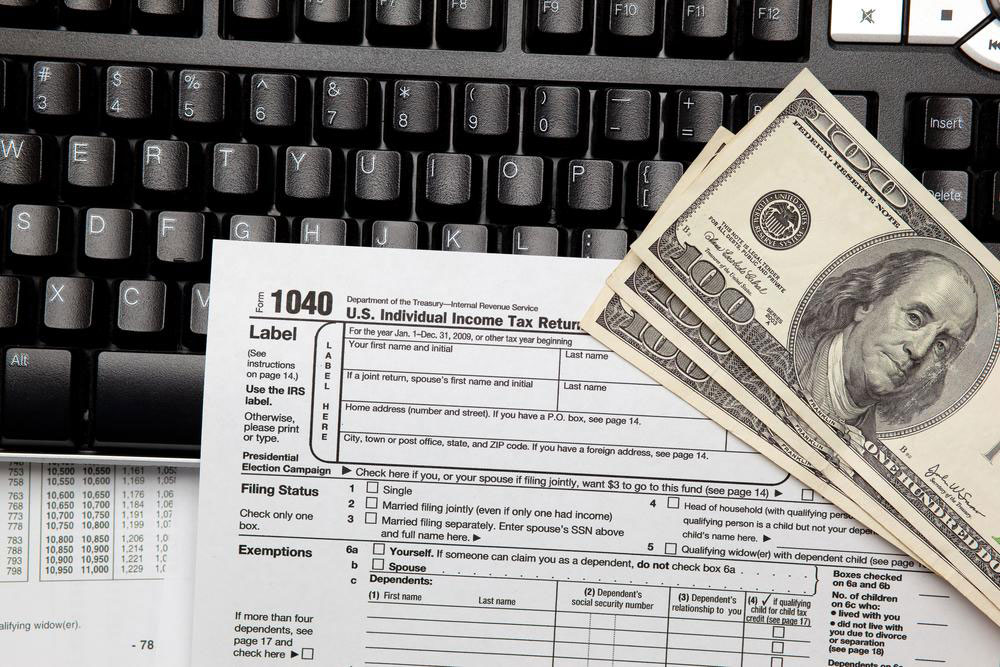Essential Guide to IRS Tax Submission and Refunds via Direct Deposit
Learn how to efficiently file your taxes through e-filing, receive refunds via direct deposit, and understand key dates and options for maximum benefit. This comprehensive guide helps taxpayers navigate IRS procedures, track refunds, and avoid delays, ensuring a smooth tax season experience.

Essential Guide to IRS Tax Submission and Refunds via Direct Deposit
Common Questions from Taxpayers:
How do I e-file my taxes?
You can use various online tax software or log directly into the IRS website to submit your return with all necessary information. Always receive a confirmation that your return has been accepted.
When is the right time to file?
The typical deadline is April, but extensions can be requested if the date falls on holidays or weekends, or if your paperwork isn't ready.
When will I receive my refund?
Refunds usually arrive within 10-15 days after acceptance, with direct deposits sometimes arriving in as little as five days or instantly.
Could refunds be delayed?
Delays may happen due to early filings, identity theft concerns, or claims involving earned income tax credits and child tax credits.
Refund Options:
The IRS offers three methods: direct deposit into up to three bank accounts, check mail delivery, or US savings bonds. Refunds can also be applied to future tax liabilities, but generally, direct deposit is the fastest and most convenient method.
How to track your e-file status?
Once you receive confirmation, you can verify your refund status on the IRS website within 72 hours or contact customer support for updates.
Tips to maximize your refund:
Investing in tax planning strategies can help increase future returns.









